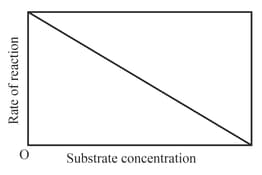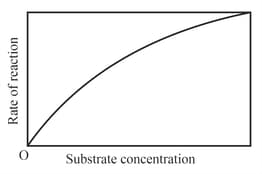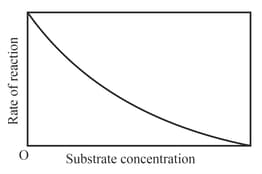EASY
Earn 100
What is enzyme catalysis?
Important Questions on Surface Chemistry
EASY
EASY
| Column I | Column II | ||
|---|---|---|---|
| Catalyst | Product | ||
| A. | P. | Polyethylene | |
| B. | Q. | Ethanal | |
| C. | R. | ||
| D. | Iron Oxide | S. |
EASY
EASY
HARD
MEDIUM
Match List with List
| List (process) | List (catalyst) | ||
| (a) | Deacon's process | (i) | |
| (b) | Contact process | (ii) | |
| (c) | Cracking of hydrocarbons | (iii) | |
| (d) | Hydrogenation of vegetable oils | (iv) |
Choose the most appropriate answer from the options given below-
EASY
HARD
EASY
EASY
When any solid substance is kept in contact with liquid or gas, then liquid or gas are more adsorbed on the surface of solid rather than bulk. The process is known as adsorption. It is different from absorption. Many gaseous reactions occur in the presence of solid catalyst. Catalyst is a chemical substance which change the rate of reaction without undergoing itself change. This phenomenon is known as catalysis.
Write any chemical equation of heterogeneous catalysis.
EASY
MEDIUM
HARD
EASY
MEDIUM
MEDIUM
The variation of the rate of an enzyme catalyzed reaction with substrate concentration is correctly represented by graph
(a)

(b)

(c)

(d)

HARD
EASY

